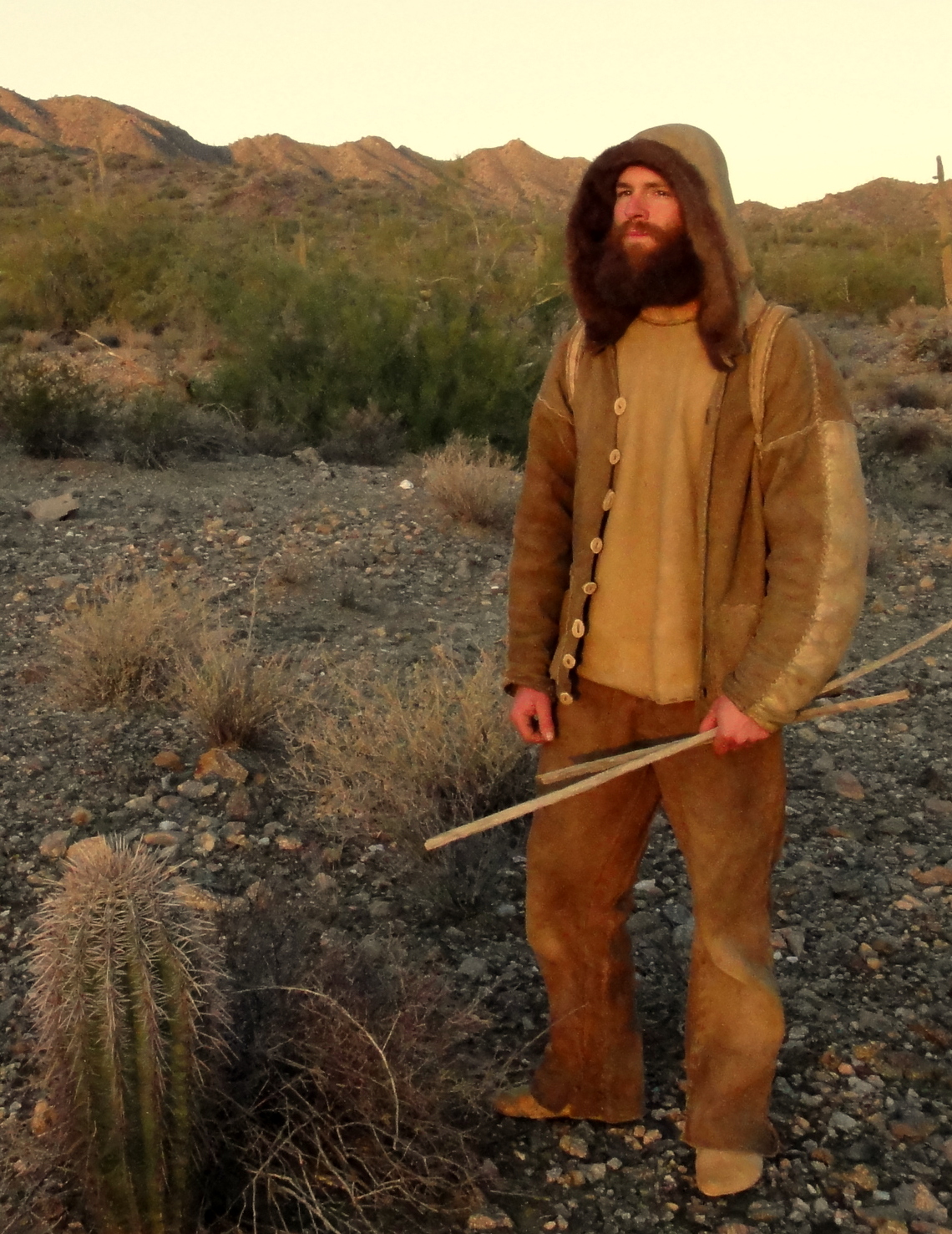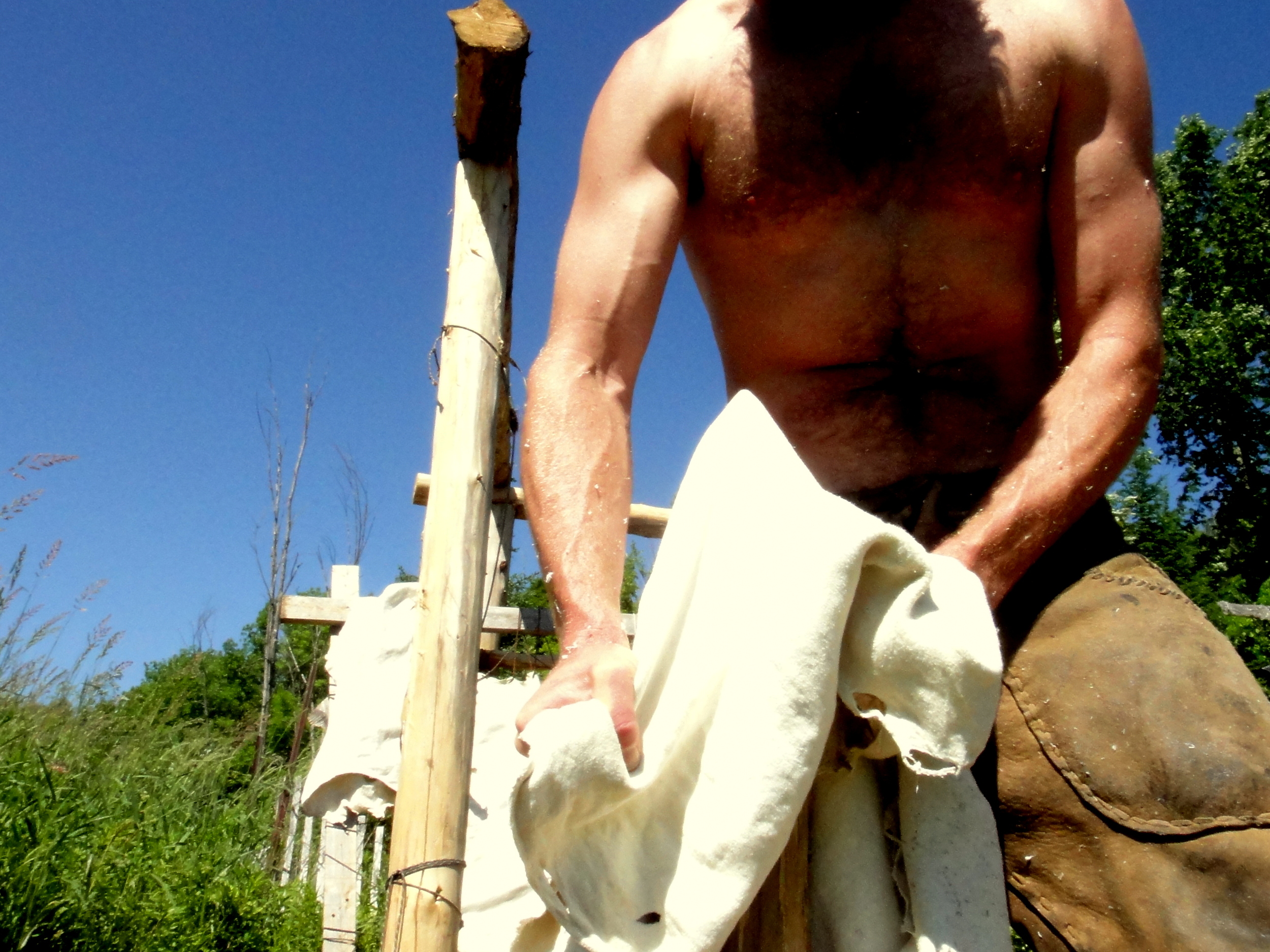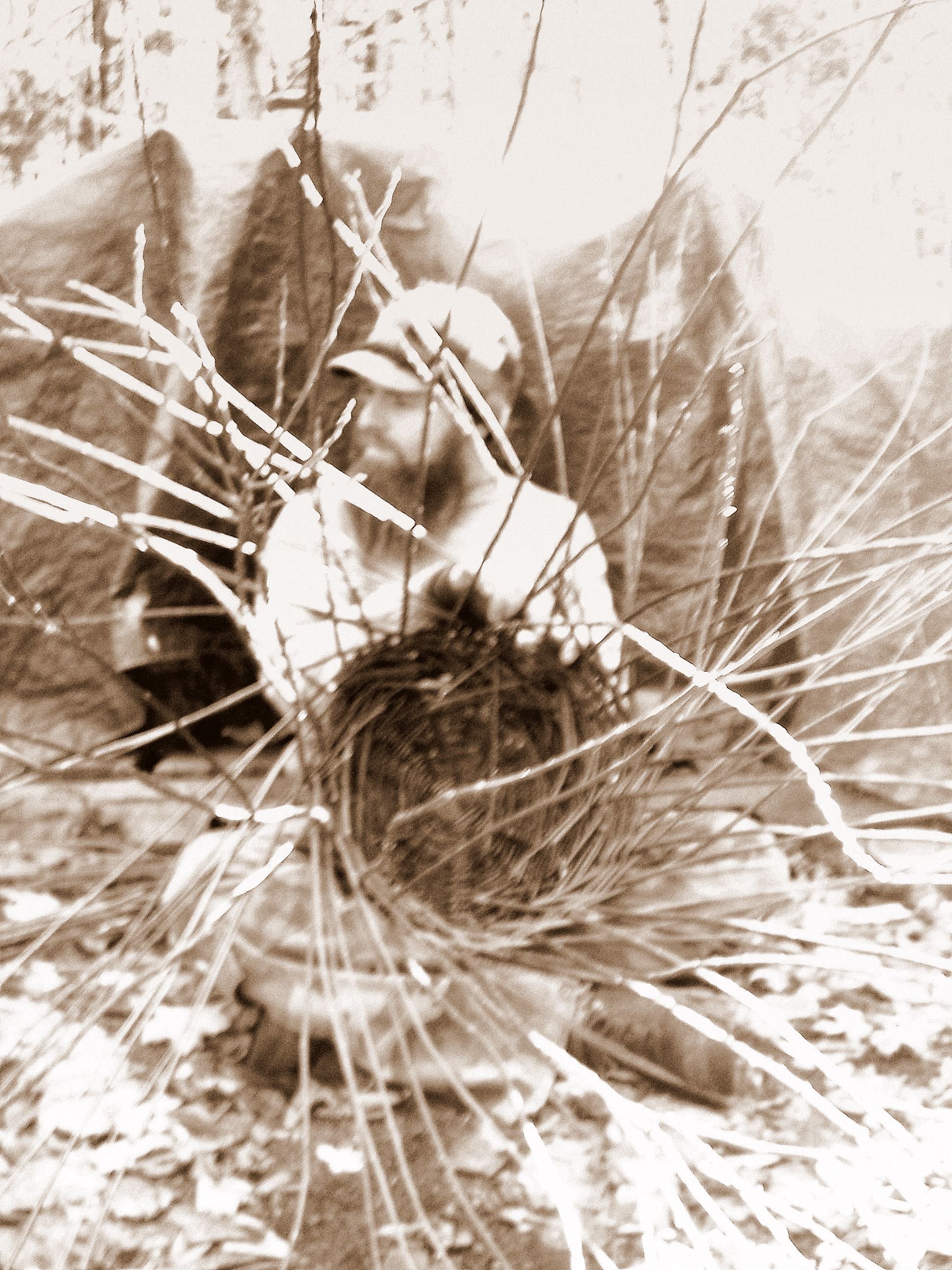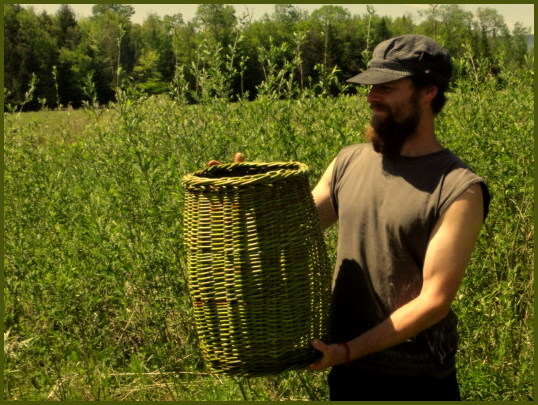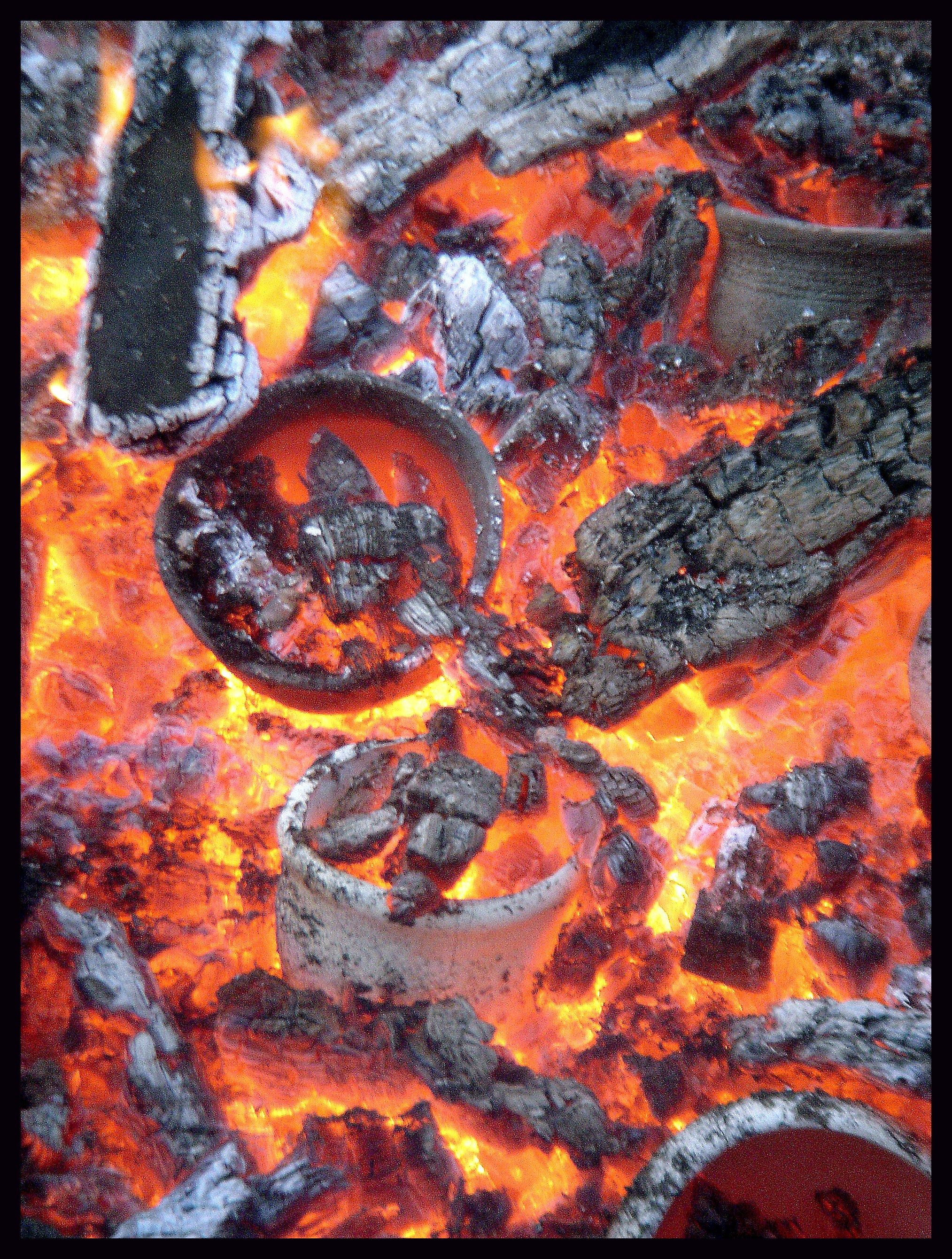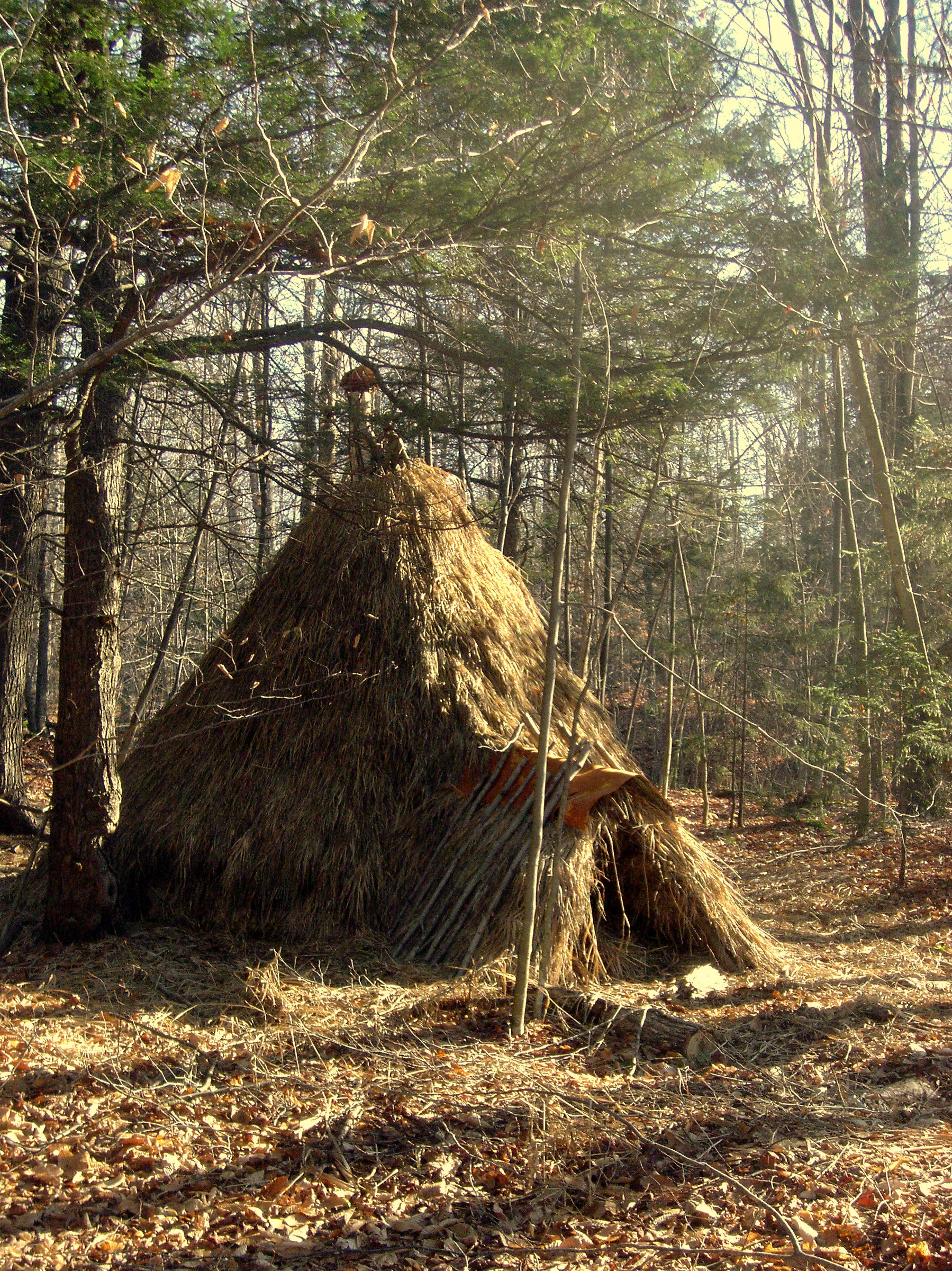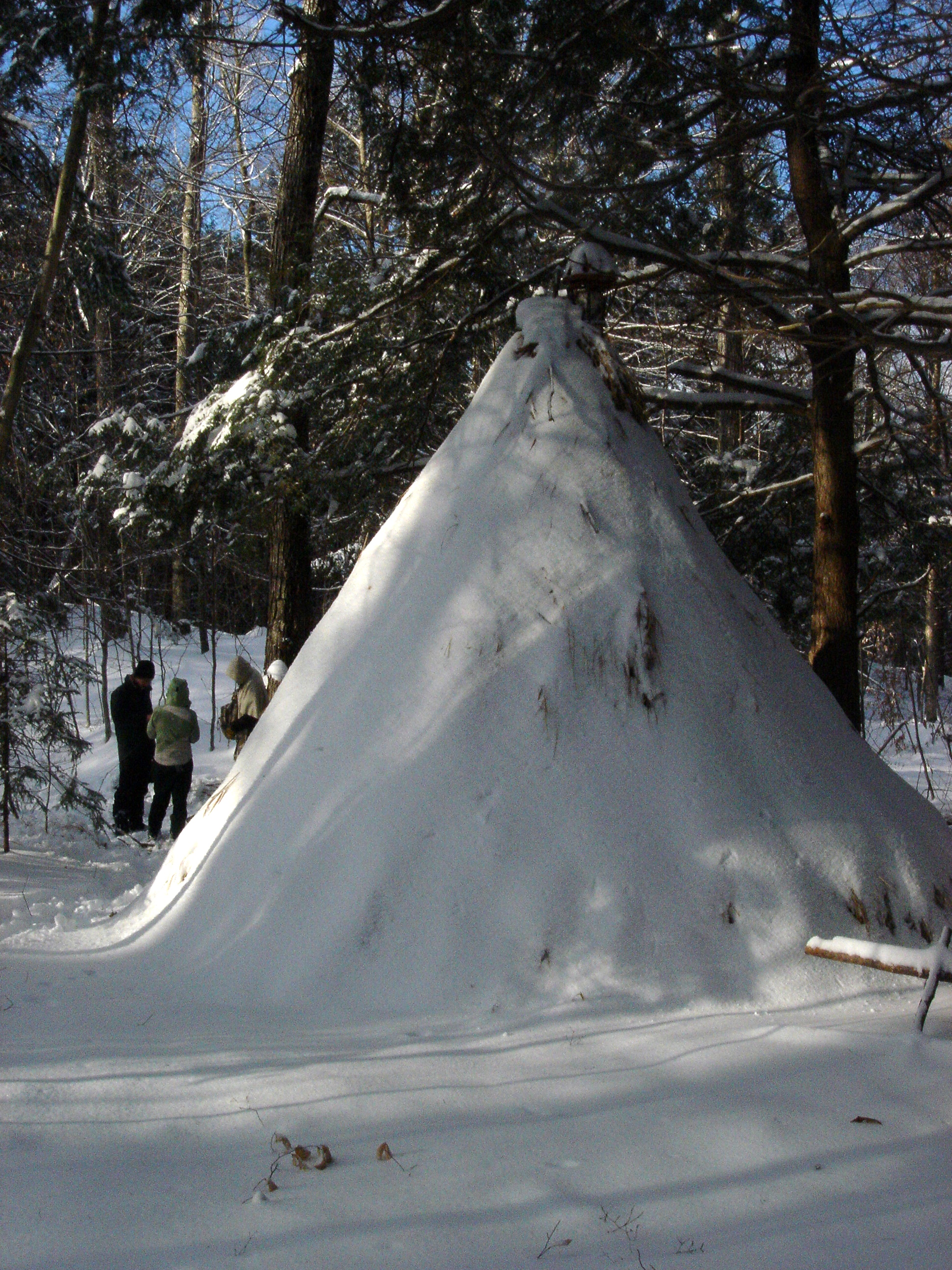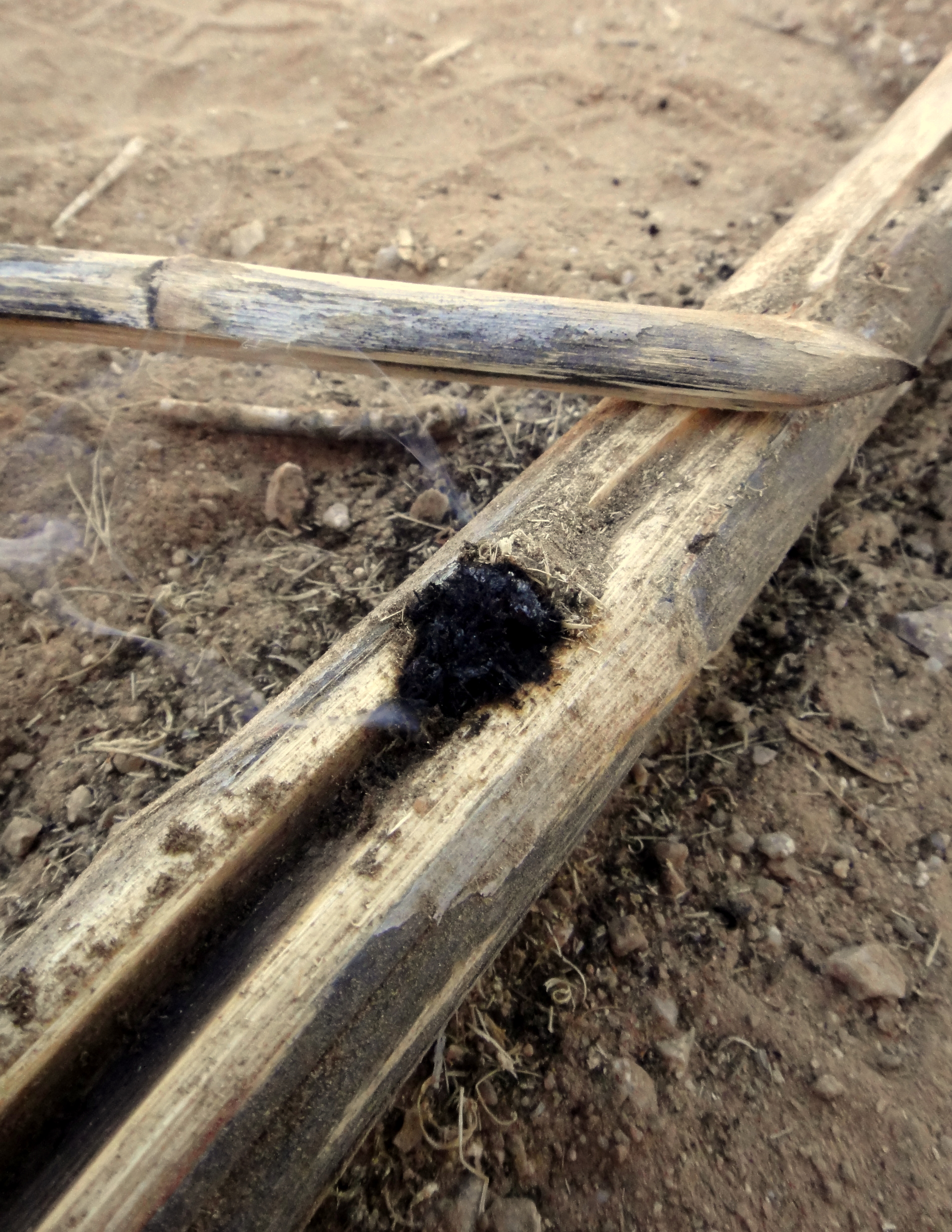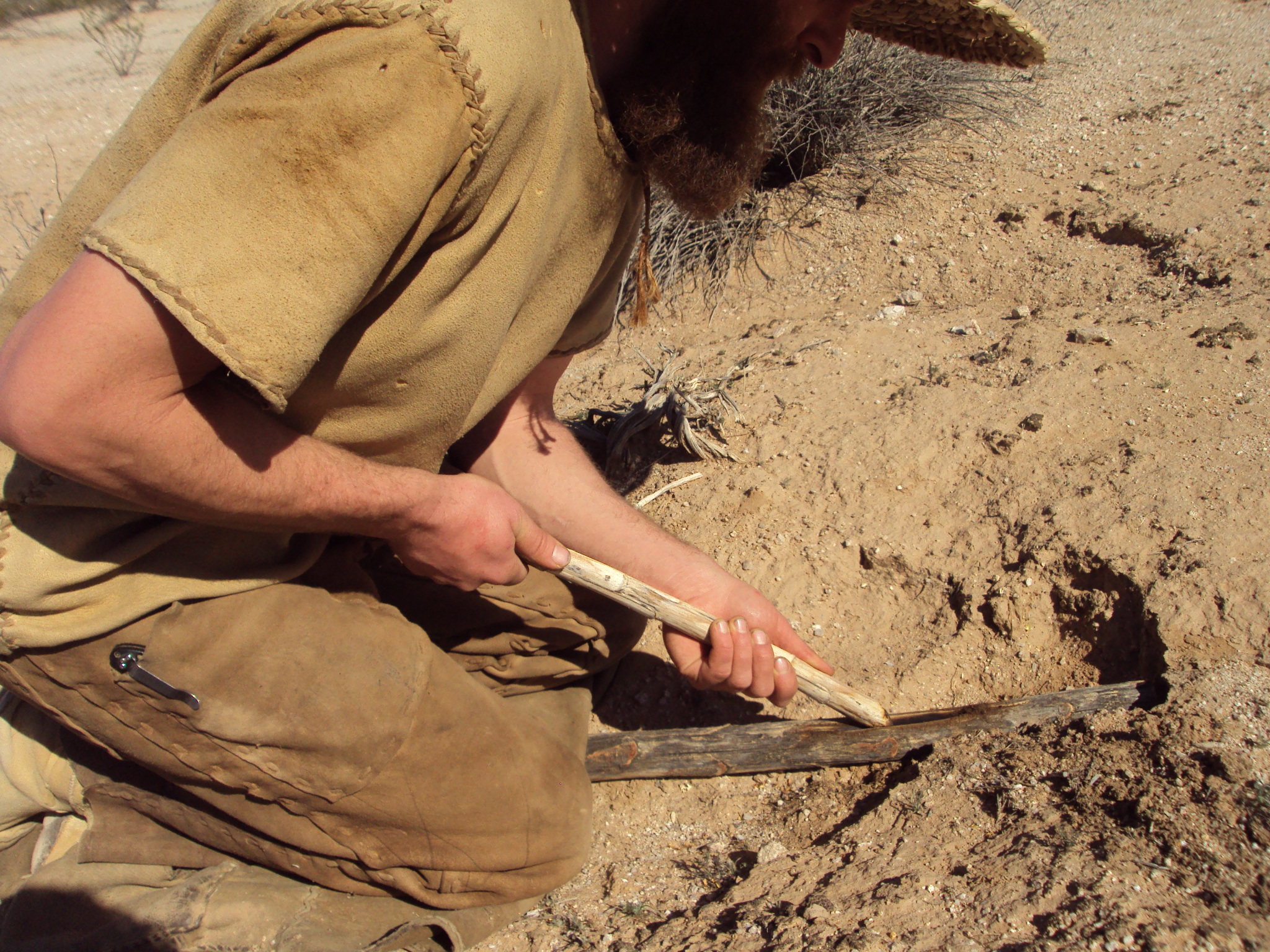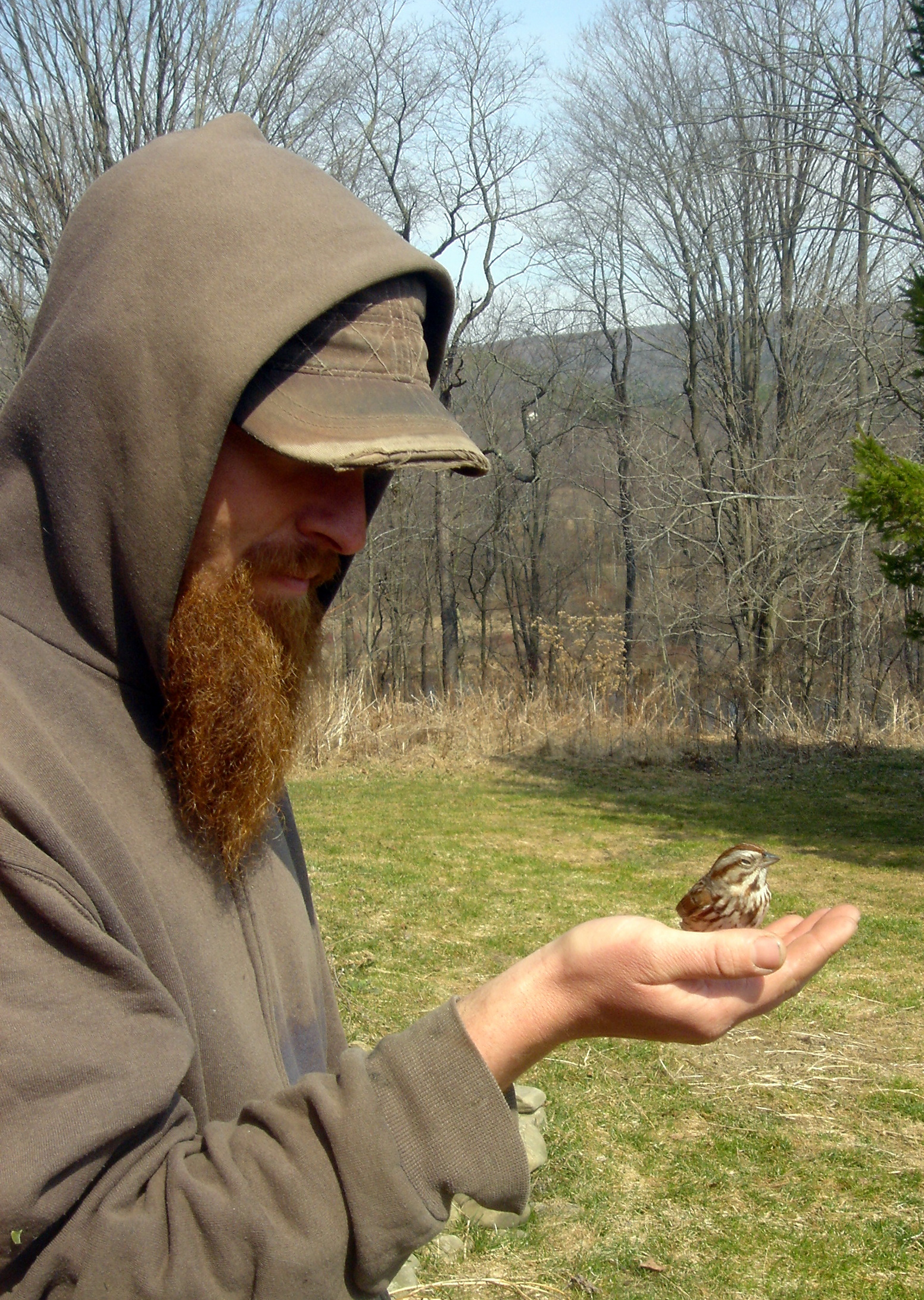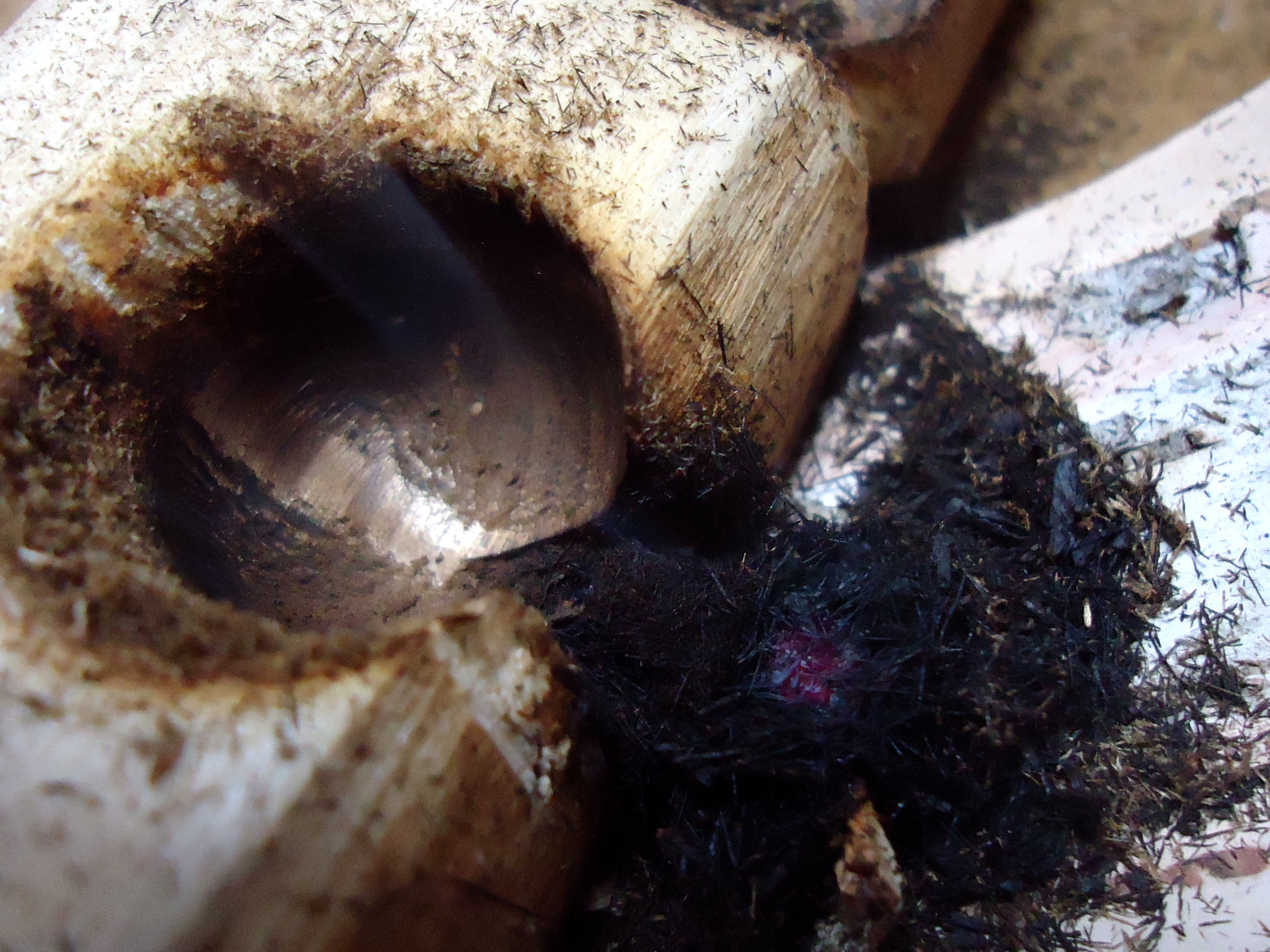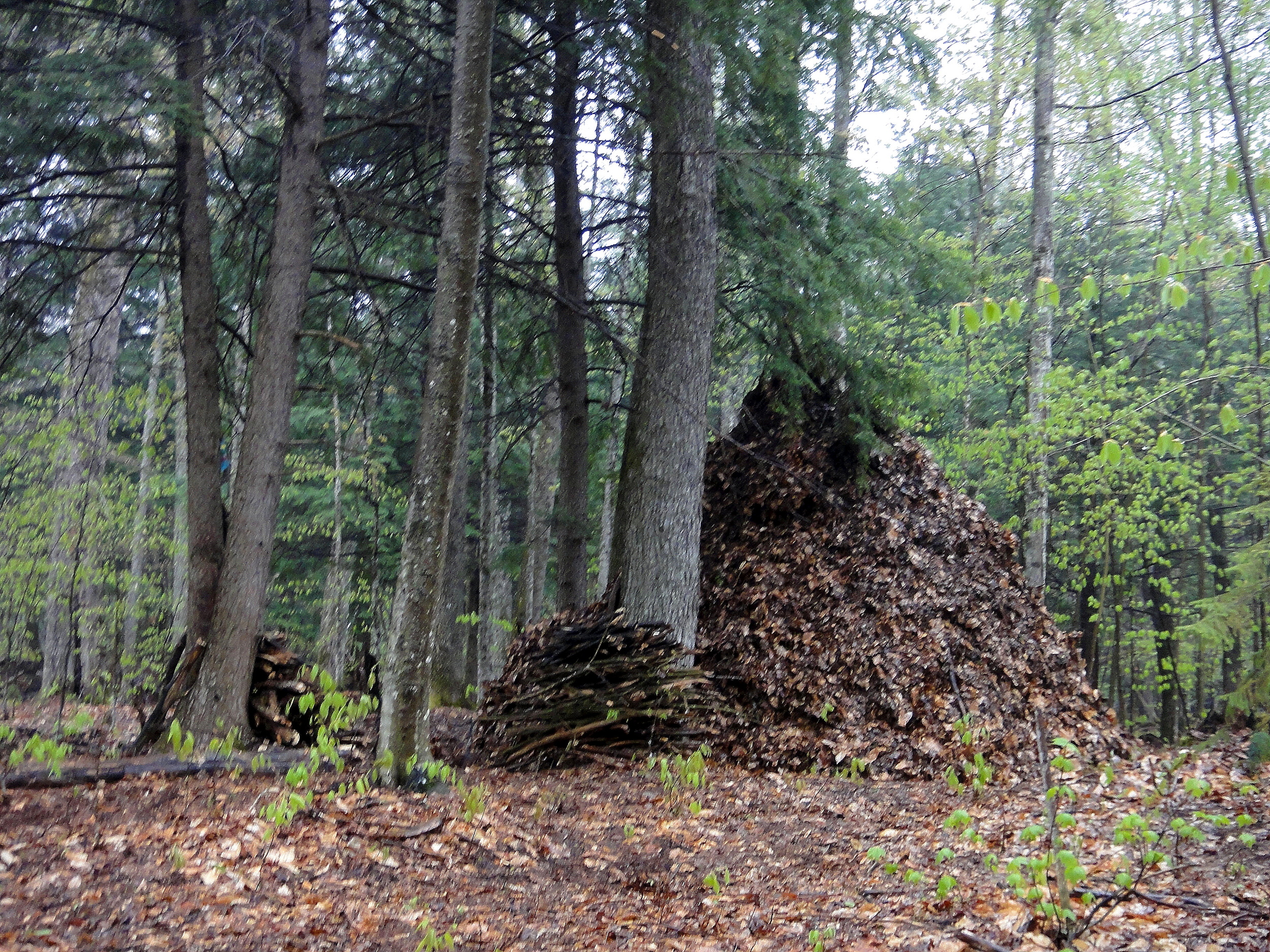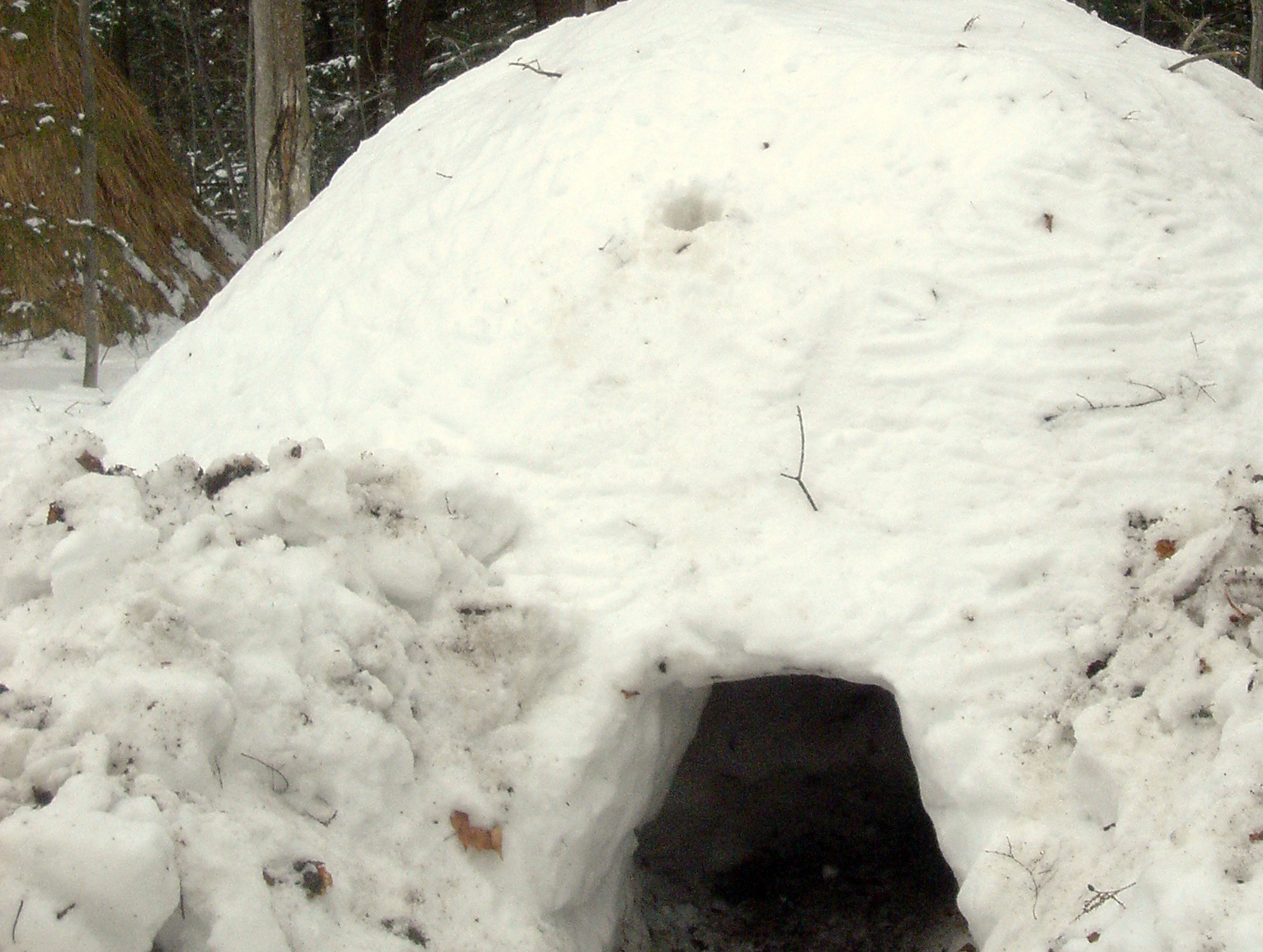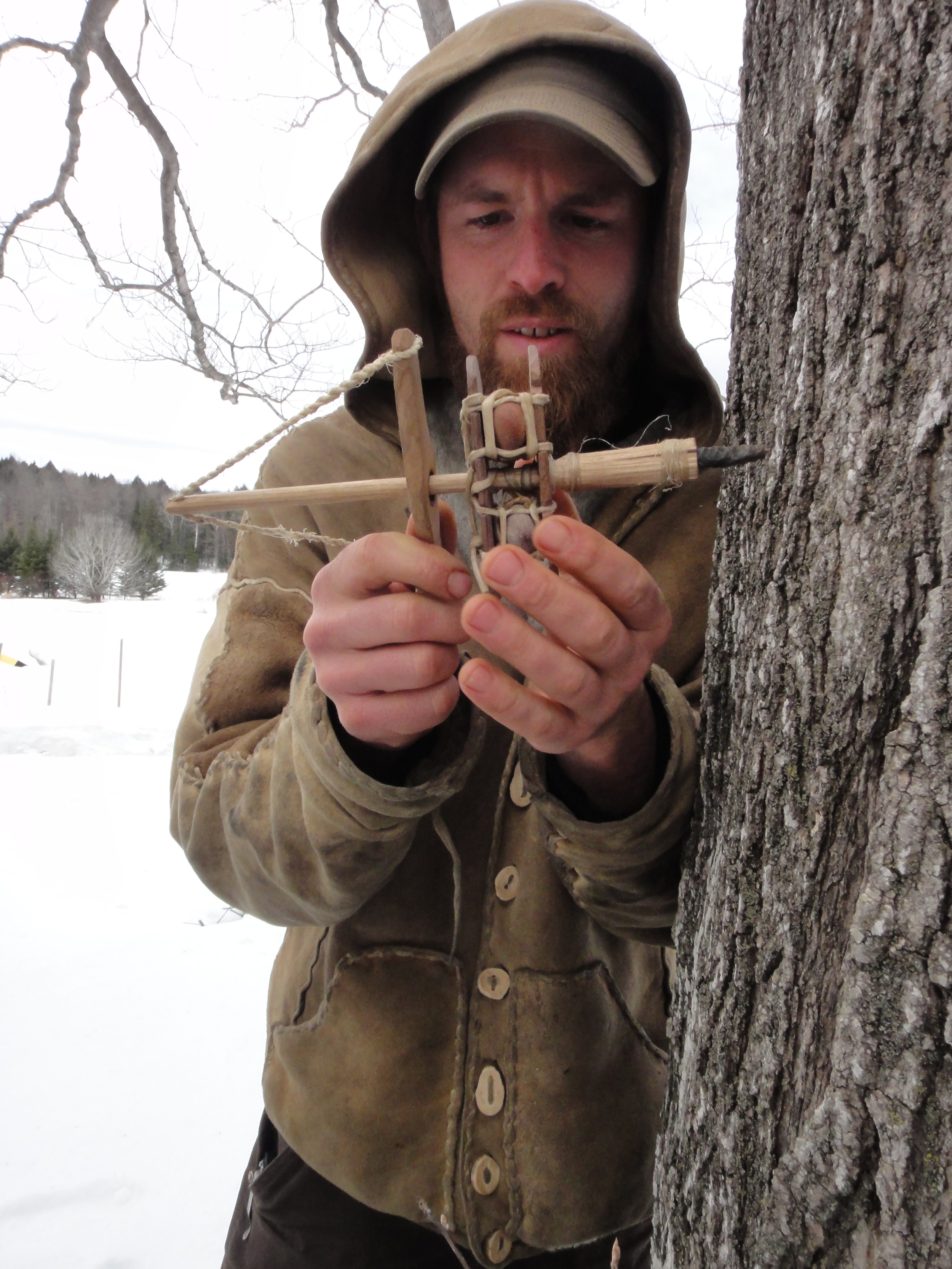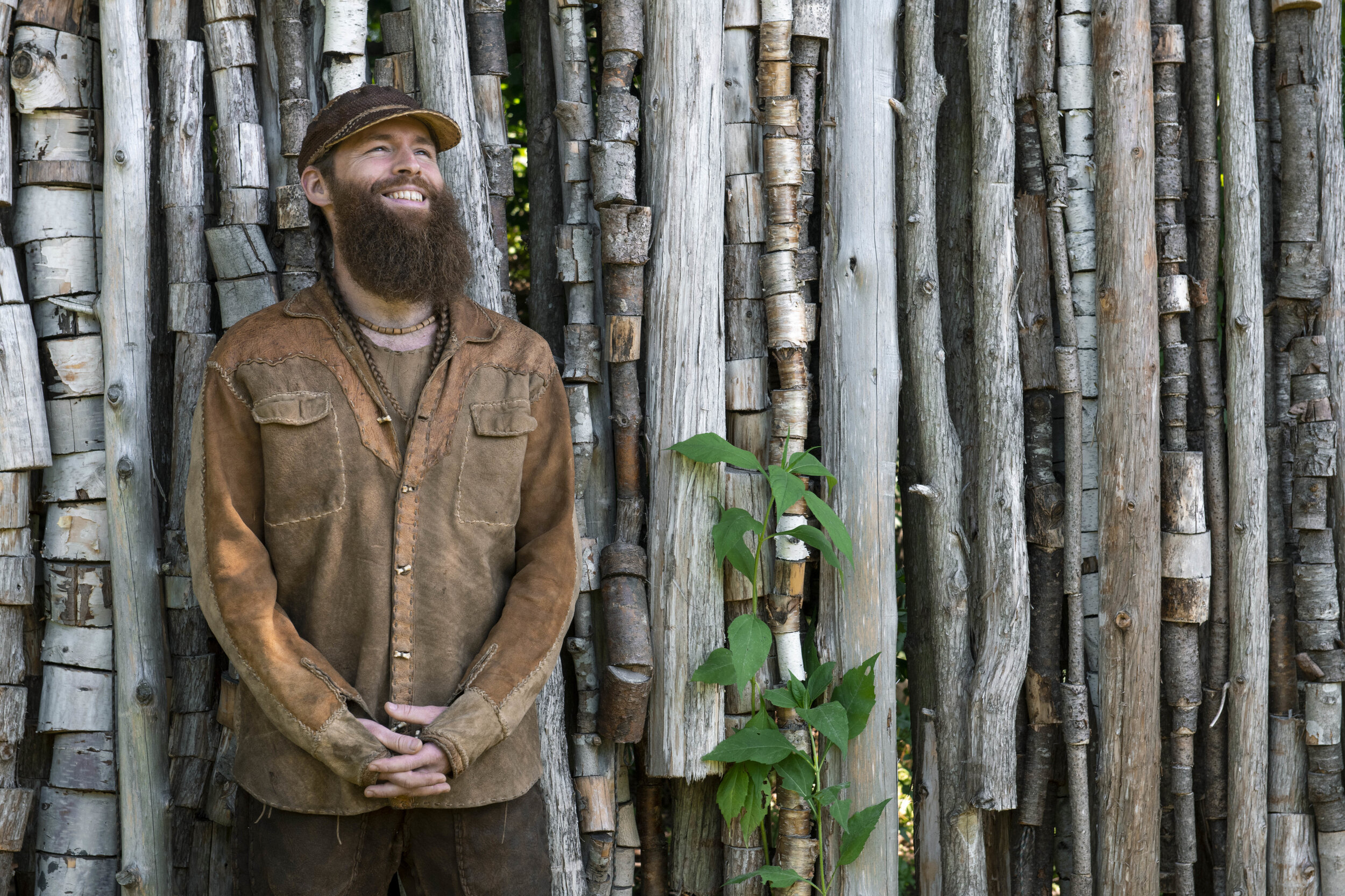Background
Nick Neddo is a sixth generation Vermonter who has been making art since he could first pick up a crayon. He grew up exploring the wetlands, forests and fields of his bioregion and developed a profound curiosity, respect and love for the community of life around him. As a youngster Nick identified primary focuses that would become life-long pursuits: study of the natural world, Stone Age technology (popularly known as primitive skills) and creating art. Trusting the inherent value of these skills, he continues to embrace their pursuit with a ravenous appetite fueled by a genuine love of the living world and the creative process.
Process
My Art Tools and Materials
Everything changed when I started making my art materials directly from the landscape. The moment I begin working on a piece happens much earlier than that of the first pen line or brushstroke. Before a pen or paintbrush mark hits the blank paper, a significant amount of time and energy has already been invested in procuring the art supplies. Preparation includes days and weeks of searching the landscape, gathering raw materials, processing and refining the elemental components and hand-crafting them into high quality tools and materials. With so many artist supplies easily available on the market, why do I choose to get them the hard way?
Making your own tools (and processing materials for doing so) from the landscape is unbelievably satisfying on a profound and even instinctive level. Much of this satisfaction comes from the process of transformation that occurs each time we make something from another thing. One of the results of making things from the landscape by hand is the unavoidable deepening of one’s knowledge of (and relationship to) the local bioregion where we live. Through working with raw materials, we begin to learn to speak the language of that particular material. We have to use our awareness in order to observe the specific characteristics, strengths and limitations that are unique to the material. Through this level of interaction a conversation begins, where we learn to be receptive to the feedback the raw materials provide as we manipulate them to take the shape and function that we desire. Ultimately this level of participation with the landscape is a path to help us remember that we are part of its natural history and ecology, not just a visitor like an astronaut on a foreign planet.
I find the materials themselves to be inherently attractive, and so I aspire to make tools that are as beautiful in their function and that retain as much of their raw form as possible.
photo credit: Susan Teare, property of Quarry Books
About the Artwork
The work on display is made from art mediums that I craft from raw materials which I forage from the landscape. I transform these fibers, furs, berries, beeswax, muds, sticks and stones into pens, paintbrushes, crayons, charcoal, inks, paints, paper, inkwells and sketchbooks.
My intention with the subject matter within most of these compositions is to represent the creatures who provided the raw materials to make the medium in which they are depicted. When using ink I made from black walnut trees, with a pen I made from a black walnut twig I am compelled to make images of this tree. A crayon drawing of bees on honeycomb is a direct homage to the bees who made the wax I used as a base for the crayons. Other pieces are less intertwined in this way, but are included to show examples of artwork made with wild-crafted tools, with their uniquely rustic and surprisingly elegant characteristics. The mediums seem to have a unique life of their own; a dynamic personality, if you will, that accentuates the special characteristics of all the species and entities therein. This brings the medium alive to me in exciting and refreshing ways that I do not experience with modern manufactured artist materials. So why do I make art the hard way? Simply stated: I like to.
Self Portrait, Nick Neddo, 2013, wild-crafted pen and inks.
All images copyright Nick Neddo, unless credited otherwise. All rights reserved.
“I feel a profound compulsion to participate in the creative process.”
photo credit: Susan Teare, property of Quarry Books


